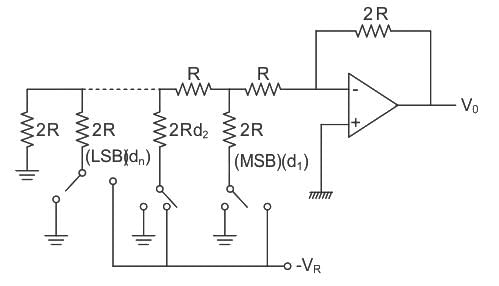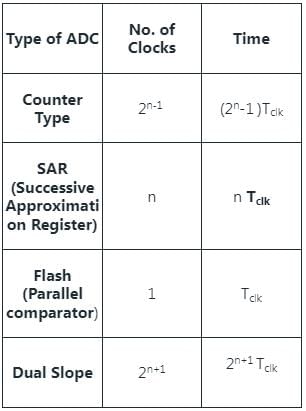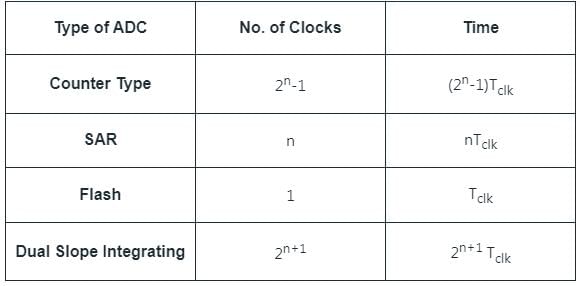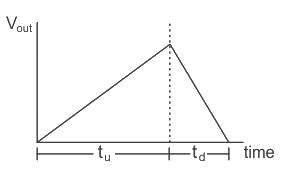Electrical Engineering (EE) Exam > Electrical Engineering (EE) Tests > Test: A/D Convertors - Electrical Engineering (EE) MCQ
Test: A/D Convertors - Electrical Engineering (EE) MCQ
Test Description
10 Questions MCQ Test - Test: A/D Convertors
Test: A/D Convertors for Electrical Engineering (EE) 2025 is part of Electrical Engineering (EE) preparation. The Test: A/D Convertors questions and answers have been prepared
according to the Electrical Engineering (EE) exam syllabus.The Test: A/D Convertors MCQs are made for Electrical Engineering (EE) 2025 Exam.
Find important definitions, questions, notes, meanings, examples, exercises, MCQs and online tests for Test: A/D Convertors below.
Solutions of Test: A/D Convertors questions in English are available as part of our course for Electrical Engineering (EE) & Test: A/D Convertors solutions in
Hindi for Electrical Engineering (EE) course.
Download more important topics, notes, lectures and mock test series for Electrical Engineering (EE) Exam by signing up for free. Attempt Test: A/D Convertors | 10 questions in 30 minutes | Mock test for Electrical Engineering (EE) preparation | Free important questions MCQ to study for Electrical Engineering (EE) Exam | Download free PDF with solutions
Test: A/D Convertors - Question 1
The number of comparator circuits required to build a three - bit simultaneous A/D convertor is:
Detailed Solution for Test: A/D Convertors - Question 1
Test: A/D Convertors - Question 2
Which of the following is NOT an Analog-to-Digital Converter?
Detailed Solution for Test: A/D Convertors - Question 2
Detailed Solution for Test: A/D Convertors - Question 3
Detailed Solution for Test: A/D Convertors - Question 4
Test: A/D Convertors - Question 5
For a 10-bit digital ramp ADC using 500 kHz clock, the maximum conversion time is
Detailed Solution for Test: A/D Convertors - Question 5
Test: A/D Convertors - Question 6
How many comparators are used in a 4-bit flash Analog-to-Digital Converter (ADC)?
Detailed Solution for Test: A/D Convertors - Question 6
Test: A/D Convertors - Question 7
Among the following four, the slowest ADC (analog-to-digital converter) is
Detailed Solution for Test: A/D Convertors - Question 7
Detailed Solution for Test: A/D Convertors - Question 8
Test: A/D Convertors - Question 9
What is the maximum conversion time for an n-bit counting ADC?
Detailed Solution for Test: A/D Convertors - Question 9
Detailed Solution for Test: A/D Convertors - Question 10
Information about Test: A/D Convertors Page
In this test you can find the Exam questions for Test: A/D Convertors solved & explained in the simplest way possible.
Besides giving Questions and answers for Test: A/D Convertors, EduRev gives you an ample number of Online tests for practice
Download as PDF
























